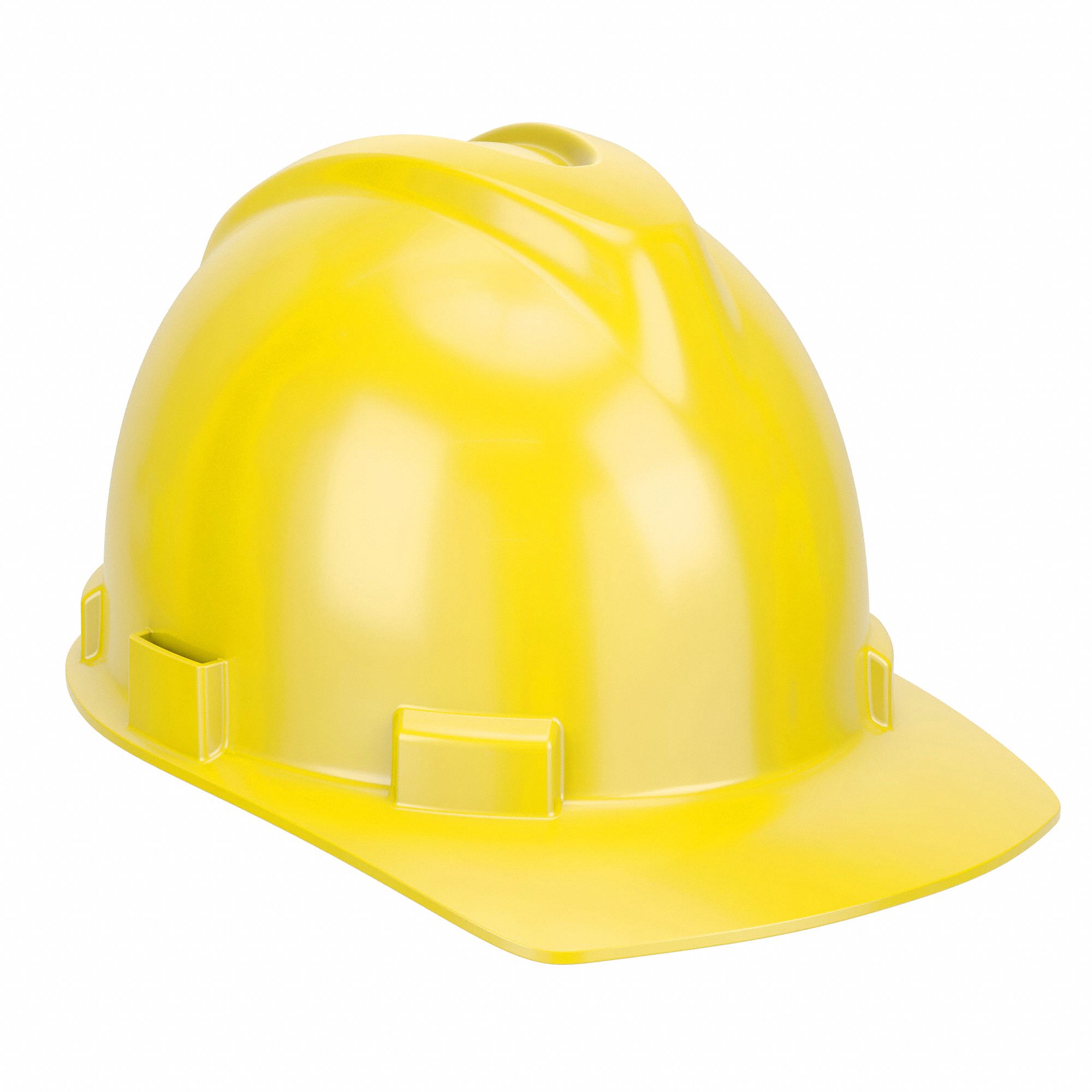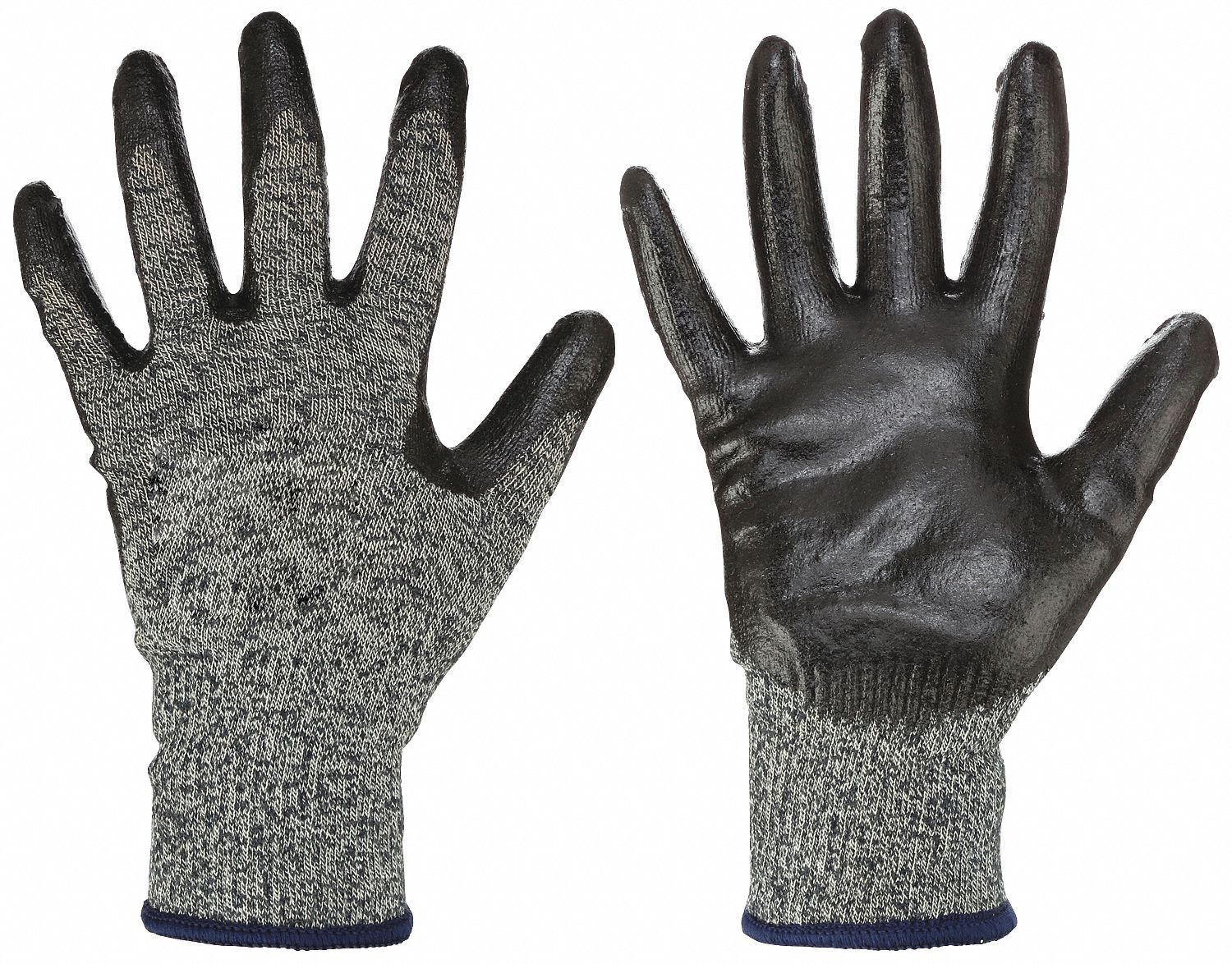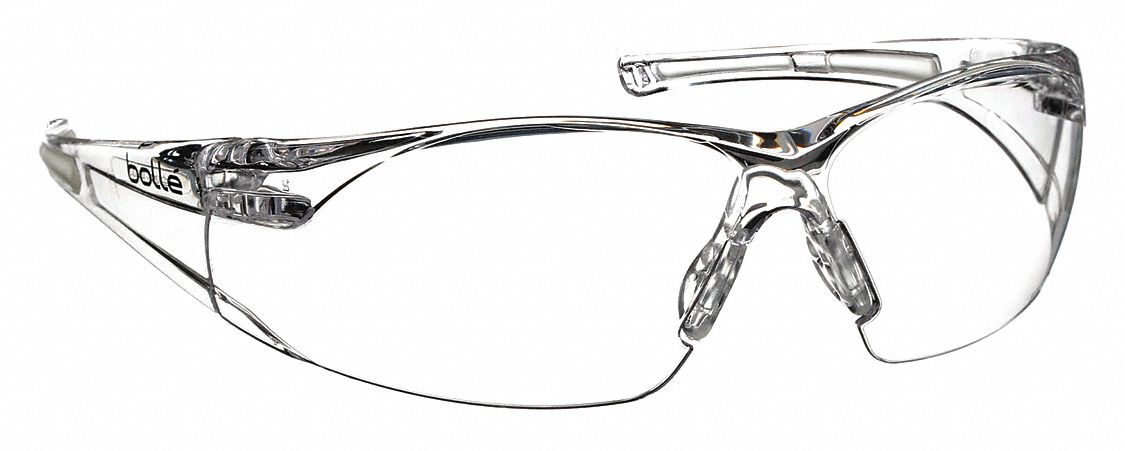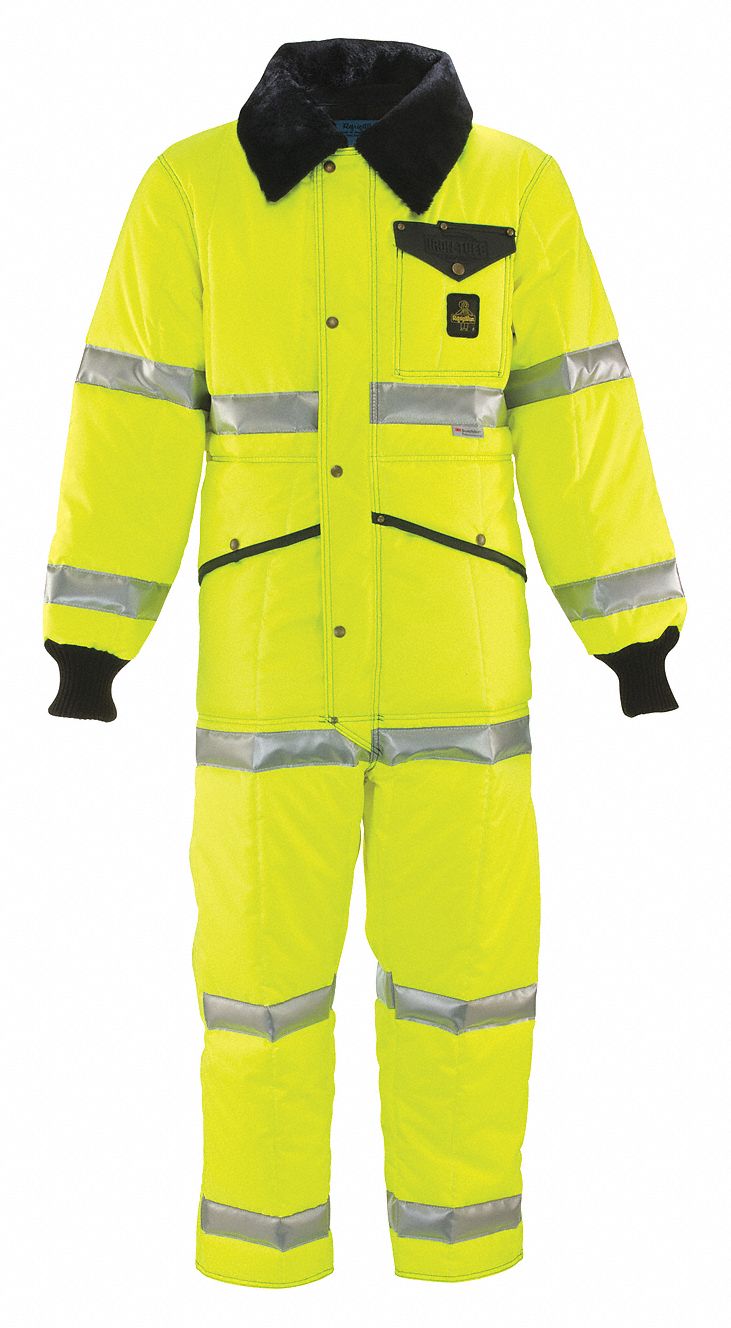

5 Considerations for Choosing the Right Safety Gloves
By Grainger Editorial Staff 7/1/19


Gloves are an essential part of any worker's safety gear. According to Injury Facts by the National Safety Council (NSC), hand and finger injuries accounted for roughly 14% of injuries and 6 days away from work in 2020. Safety gloves help provide protection against various hazards, including cuts, burns, dirt, grime and chemicals. Some gloves provide additional safeguards against heat, cuts and needlesticks. However, with so many options, it can be difficult to know which ones are right for you. This guide can help you sort out what to look for when choosing your gloves.
1. Hazards
Every worksite is different, and understanding the hazards is the first step to determining which type of safety gloves to choose. Conducting a workplace safety evaluation to evaluate risks before investing in safety gloves for workers can ensure you choose the right level of protection. Remember that safety gloves should be worn as a precaution, not the wearer's first line of defense against specific workplace hazards. According to OSHA, glove selection should be based on the type and nature of hazards present, including chemicals, temperature extremes and physical or biological hazards. From cut, impact, puncture and abrasion resistance to vibration, electrical and chemical protection, knowing the risks specific to your work helps ensure you select the proper safety gloves.
2. Fit
Safety gloves should fit snugly but not too tightly. If they are too loose, they will not offer the proper protection. They will be uncomfortable if they are too tight and could even cause hand fatigue and limit dexterity. Proper glove fit is determined by measuring the circumference of the dominant hand around the palm or at the base of the metacarpals:
- Smaller than 7 inches is extra small
- 7.5 inches is small
- 8 inches is medium
- 9 inches is large
- 10 inches is extra large
- Larger than 10.5 inches is extra-extra large
Workers should also consider how much dexterity they need to perform their job. Thinner gloves provide more flexibility but may offer less protection. Thicker gloves may provide greater protection but may make it harder to work. Some gloves may lose their shape over time and workers may need additional PPE and gloves to help limit the exposed skin. If using protective sleeves, they should fit together tightly to help reduce their chance of exposure.
3. Material
Safety gloves should be made from a durable material that can withstand specific job-related hazards. For example, when working with sharp tools, you may need gloves made from cut-resistant material. Always select chemical-resistant gloves that are rated according to the type of substance you’re working with. While generally the thicker the material, the greater the glove's resistance, not all materials are chemically-resistant. Additionally, thicker gloves may impair grip and dexterity, negatively impacting safety.
Use the chart below to explore some common types of safety glove materials.
| Application | Material | Features |
|---|---|---|
|
Chemical-Resistant |
Butyl, nitrile, latex, PVC, neoprene, rubber polymers |
Rated to resist specific hazardous chemicals and liquids |
|
Cut-Resistant |
Woven yarn with different coatings for additional hazard protection |
Meets ANSI/ISEA 105 standards to protect against cuts, abrasions and punctures when using sharp items |
|
Electrical |
Natural insulating rubber |
Meets ASTM D120 specifications and NFPA 70E standards to protect against electrical hazards |
|
General Purpose |
Knit, cotton, leather, rubber, polyurethane |
Protects against minor abrasions and helps keep hands clean |
|
Temperature-Resistant |
Aramid fiber, aluminized, leather, insulated plastic or rubber, wool, cotton |
Protects against heat, cold and offers cut and abrasive resistance |
4. Protection
Safety gloves should offer the proper level and type of protection for the hazards you are facing. According to OSHA, some factors that may influence glove selection include:
- Types of chemicals being handled
- Bodily areas to protect (hand, arm, forearm)
- Grip requirements (dry, wet, oily)
- Temperature environment
Cut-resistant gloves are rated from levels 1 to 9 to help protect against lacerations and puncture wounds when handling metal, glass, and other sharp items. The ANSI/ISEA Impact Level indicates the level of protection a glove provides against impact injuries to knuckles and fingers. Gloves are rated on a scale of 1 to 3, with higher numbers representing greater protection.
5. Comfort
When it comes to safety gloves, comfort drives compliance. If they are uncomfortable, workers may be less likely to wear them, putting them at risk. Industrial Safety and Hygiene News (ISHN) reports workers often take off their PPE mid-shift because it's uncomfortable. Many workers report certain glove models make their hands feel hot, sweaty, and itchy, impacting their performance and putting their safety at risk when they take them off. Research shows many hand injuries are caused by workers not wearing gloves at the time of injury. Ensuring those who will be using the safety gloves have a voice in the selection process and making them readily available helps increase compliance.
Glove Safety Tips
According to OSHA, it's important to inspect safety gloves before each use to ensure that they aren't torn, punctured or damaged in any way. Visually inspect gloves to help detect cuts or tears, and for a more thorough inspection, fill the gloves with water and tightly roll the cuff towards the fingers to help reveal any pinhole leaks. Discolored or stiff gloves may indicate defects caused by repeated use or damage from chemical exposure. Throw away and replace any damaged gloves.
The ability to reuse chemical-resistant gloves depends on the absorbent qualities and the manufacturer's recommendation for proper use and storage. Understanding the breakthrough time and cumulative permeation of chemical-resistant gloves can help a user consider when it's time to replace them.
When using safety gloves, it is also important to:
- Dispose of used gloves properly. Used gloves should be disposed of safely, such as in a hazardous waste container if they were exposed to hazardous materials.
- Wash your hands after using safety gloves to help to remove any contaminants that may have been on the gloves.
Safety gloves are an essential part of any worker's safety gear. By choosing the right pair of gloves, you can protect your hands from various hazards and keep yourself safe on the job.
The information contained in this article is intended for general information purposes only and is based on information available as of the initial date of publication. No representation is made that the information or references are complete or remain current. This article is not a substitute for review of current applicable government regulations, industry standards, or other standards specific to your business and/or activities and should not be construed as legal advice or opinion. Readers with specific questions should refer to the applicable standards or consult with an attorney.











